

Kale
Brassica
A Cool Crop

Brassica oleracea 'Lacinato'
Along with October's beautiful fall color and flowering perennials and grasses, consider planting intriguing late-season vegetables that masquerade as ornamentals. This cool-weather crop can be harvested after the first frost, and sometimes even as late as December. In fact, frost makes kale taste sweeter!
Looks Good & Good for You
Kale, the cabbage without a head, is a member of the mustard family (Brassicaceae), along with broccoli, brussels sprouts, and cauliflower. From obscurity to obsession: kale’s gone from hard-to-find to not only a must-have in gardens, but also on menus. This powerhouse plant should be part of our go-to medicine cabinet as it contains an impressive list of vitamins and minerals (vitamin A, C, K, manganese, fiber, calcium, iron, and potassium), as well as the phyto-chemicals that provide a wide range of health benefits, from lowering cholesterol to fighting cancer. It also contains the highest anti-oxidant properties of any fruit or vegetable.
Grow Your Own
Those who value kale as a crop rather than a decoration can sow kale seeds in early spring as long as the soil is not pure muck. Choose a well-drained, full-sun spot and thin the plants as they grow, allowing for the full-body structure they are going to assume. An alternative is to buy transplants and pop them in wherever you want them. Leaves from transplants can be harvested after 55 days whereas seed-grown plants need 75 days or more to harvest. Collect the outer leaves first and allow the inner leaves to continue to grow as the rest of the plant will, too. Farmers will also tell you to cut off the tops of the plants as another form of harvest.
A Rainbow of Kale Species
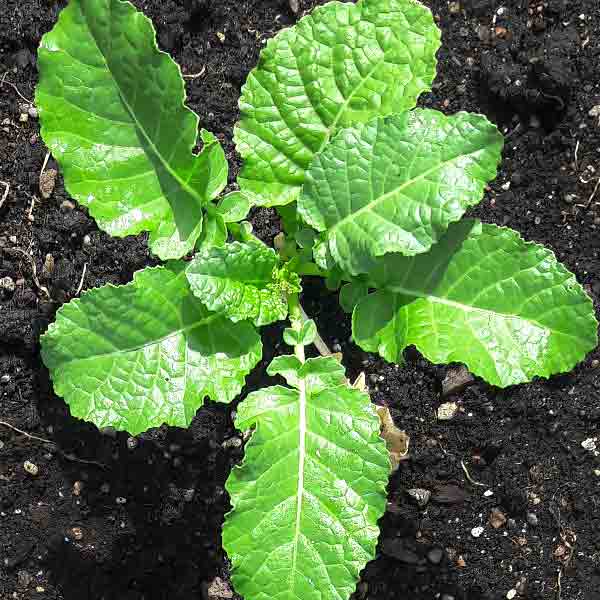
Brassica carinata 'Amara'
Amara Ethiopian kale
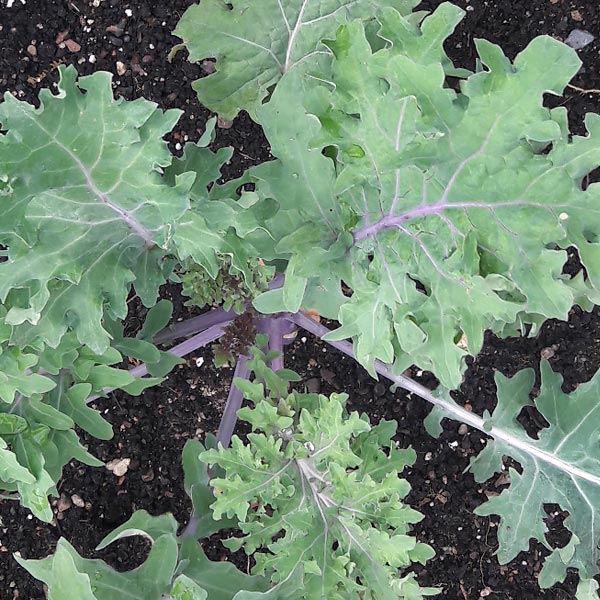
Brassica napus 'Red Ursa'
Siberian kale
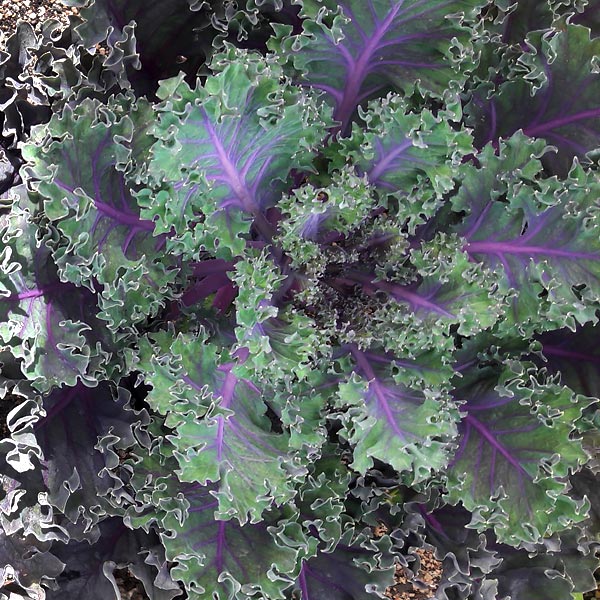
Brassica oleracea 'Purple Rain'
Purple rain kale
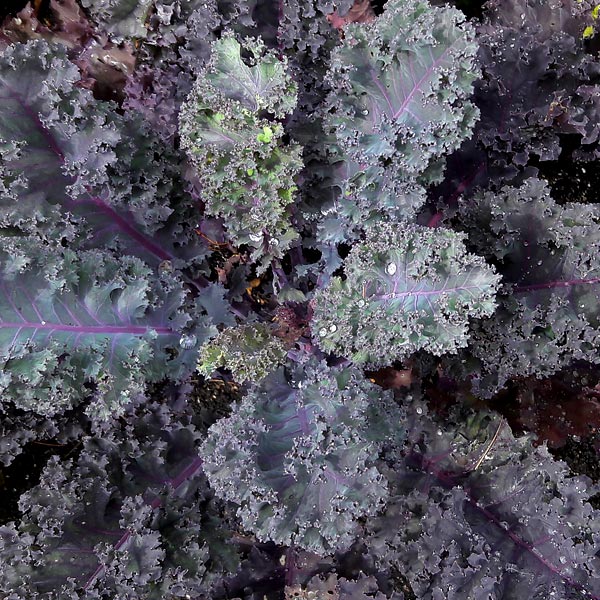
Brassica oleracea 'Scarletbor'
Scarletbor kale
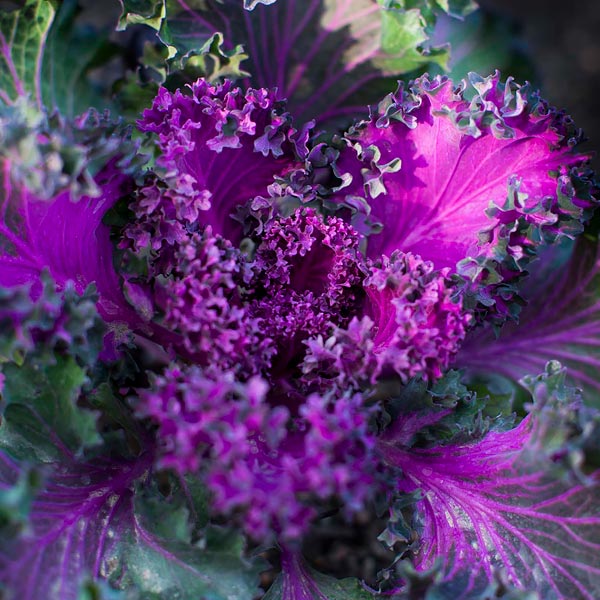
Brassica oleraceae ‘Redbor’
Redbor kale
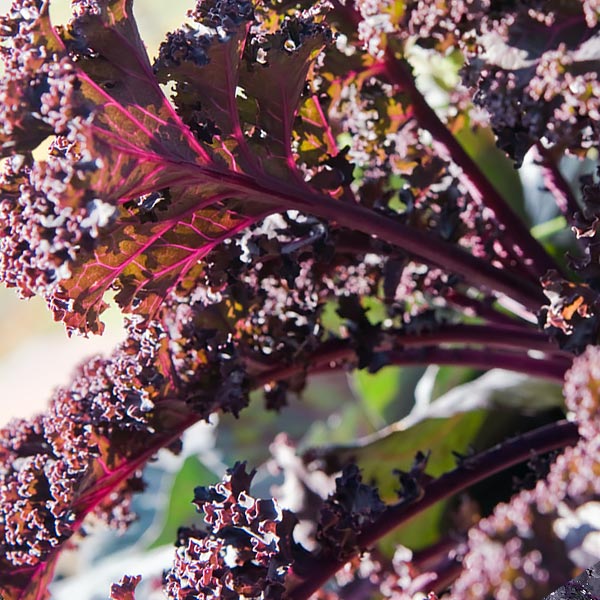
Brassica oleracea 'Chidori Red'
Chidori Red flowering kale
Forms & Foliage of Redbor
How could you miss the statuesque Redbor kale plants (Brassica oleraceae ‘Redbor’) dominating containers, urban median gardens, and standing proud and tall in their original, more natural home—the vegetable garden? This purple-burgundy plant is a designer’s dream because the dark colors contrast brilliantly with any and all of spring’s pastels, as well as summer’s bursts of tropical color. Unlike other forms of kale, ‘Redbor’ grows upright on strong stems. The seed packet may say the plant grows to 2 feet, but it's not unusual for the plants to tower considerably higher. The tightly curled foliage offers a texture not found in annual or perennial aisles and the leaves will continue to develop throughout summer and well through autumn, when they transition from dark purple to a bright burgundy. The cause of this change is frost and prolonged cool weather, which not only push growth and a red color, but give the plant a sweeter flavor, and give the gardener a big surprise.

